A nostalgic look inside Memphis Group artist Peter Shire’s wonder-filled LA studio
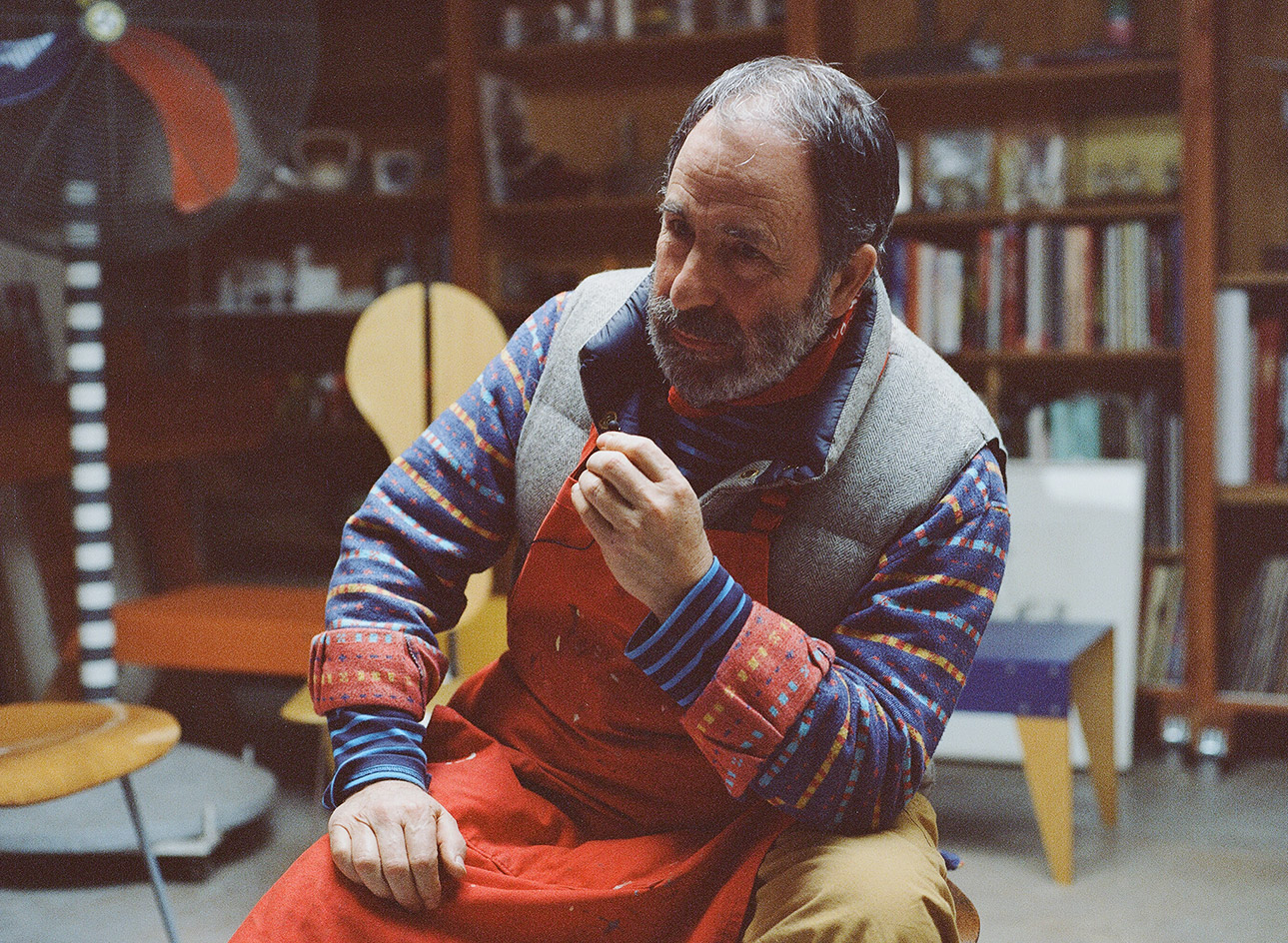
‘A CD player can be put on random play. What if you had a design and a group of materials on random play, and all of them were coming out different? It would look like Memphis,’ muses Los Angeles artist Peter Shire in a new film, captured five days shy of his 70th birthday. The Memphis Group founding member is celebrated for his bright geometric teapots, sculptures, and furniture (as well as his sartorial penchant for stripes), with his off-kilter works dabbling on the right side of psychedelic kitsch. Directed by Harry Israelson and shot on Kodak Super 16mm, the nine-minute short Peter: on Fishing (watch below) takes us inside the artist’s Echo Park studio and home, where Shire opens up about what drove Memphis, our fear of colour, and the power of bad taste.
Shire was born in 1947 in Echo Park. His mother was a fourth-generation Californian and his father was a talented illustrator and carpenter. He yearned to be an artist from a young age, and later enrolled in the famed and now-defunct Chouinard Art Institute – although he was initially rejected from art school. ‘I am a maker of things, a hand-skills guy, so ceramics was my romantic vision. I wanted to be a potter wearing funky sandals and an apron,’ he told the Los Angeles Times in 2007.
In 1974, Shire made the two pieces – Auffen Gile and Gile Kilns – considered to be his first mature works in clay. These were sculptural, geometric interpretations of the traditional teapot, complete with ‘sun-bleached pastel glazes, uncanny angles, and a jumbled collage of parts’. Shire drew from the Bauhaus aesthetics, American craft, New Wave music, Space Age architecture, and Southern California ceramic artists like Peter Voulkos and Ken Price, his influences clearly steeped into his first teapot designs.
The artist’s early teapots caught the eye of Italian designer Ettore Sottsass, who was working in Los Angeles at the time. Sottsass found Shire’s teapots ‘fresh, witty, and full of information for the future’, and so Shire became the only American to join the Memphis design collective in Milan. There, Shire found a new creative outlet in furniture design, producing the iconic ‘Bel-Air’ chair (1984), among other bold pieces such as the ‘Peter sideboard’ (1987), ‘Peninsula’ table (1982), and ‘Hollywood’ coffee table (1983). ‘We were coming out of industrialism and entering into what is currently called the information age. I see Memphis and the approach to the pieces as a manual attempt at constructing things the way a computer could,’ says Shire.
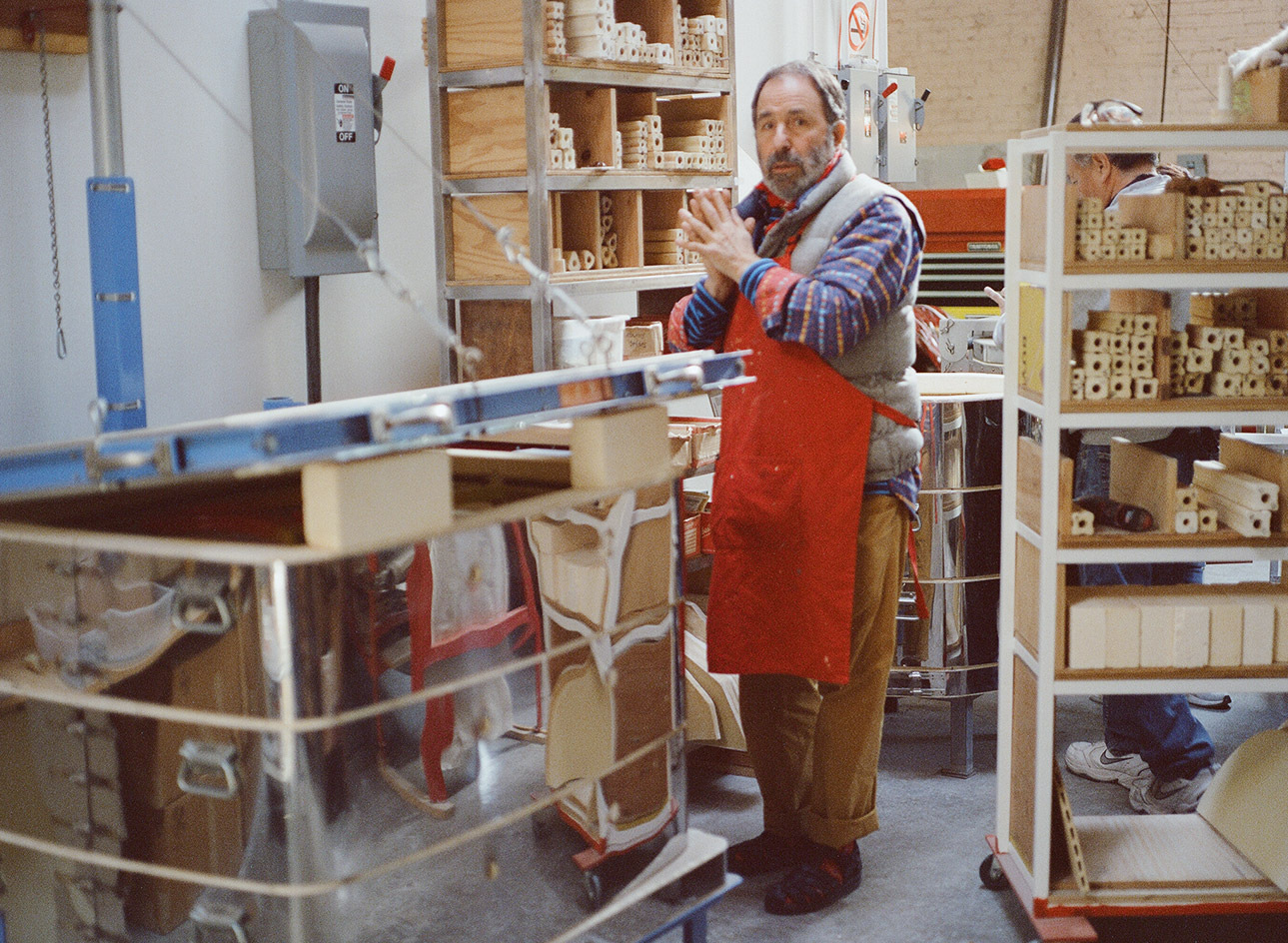
Since the Memphis era, Shire has branched out into large-scale sculpture, works on paper, metalwork, and painting (on slabs of clay, of course). He has also completed commissions for public spaces and private buildings throughout Los Angeles, including colourful tile murals, while his work is included in a number of museum collections globally. Today, Shire works and lives with his wife in the modernist house that his parents built for themselves, not long after he was born.
We caught up with Israelson to find out more about his nostalgia-tinged film and dipping into Shire’s wonderland...
Wallpaper*: As a director, you work mainly on commercials as well as being known for your longtime collaboration with Toro y Moi. So how did you find yourself shooting a documentary on a Memphis Group artist?
Harry Israelson: Peter’s studio is actually on my street. I always walked past and never knew what was going on inside. Finally he hosted an open studio and we got to talking. After seeing him around the neighbourhood from time to time, I decided to ask if he was interested in making a film together.
W*: What was it like working with a larger than life character like Peter Shire?
HI: Peter is a very special person. Every machine, every toolbox, even his refrigerator, is airbrushed to fit within his bright colour palette. The entire world is curated and I found it to be incredibly inspiring. The very first thing we did was a three-hour audio interview; our conversation went all over the place, much in the way that his pieces are constructed, but somehow we always up ended back at an answer.
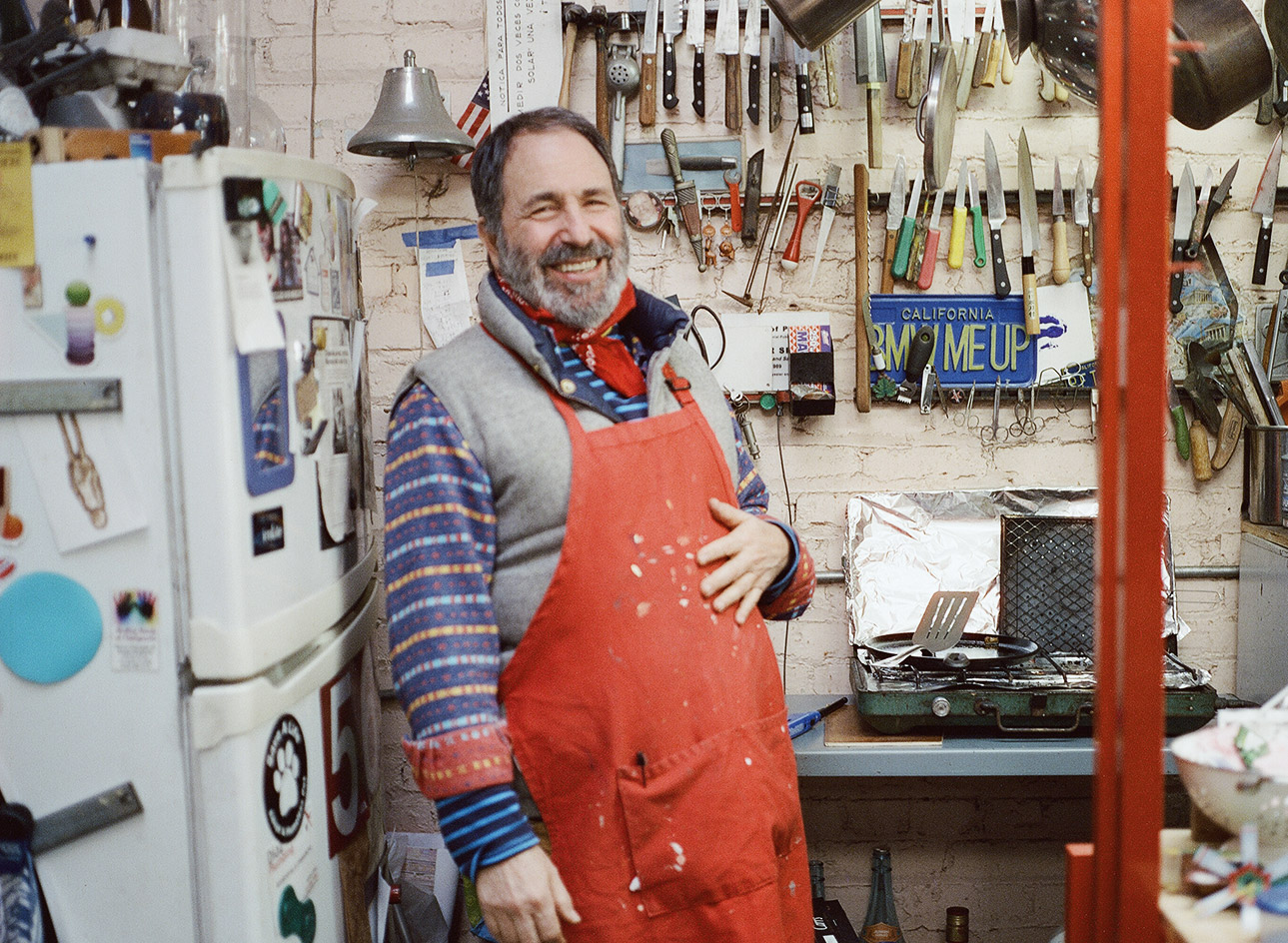
W*: Was your decision to shoot with Kodak Super 16mm a purely aesthetic one?
HI: Peter works across so many mediums; it felt appropriate to use a tactile medium such as film – something with texture, mirroring the paint and clay. I also like the limitations it provides. Shooting digitally means you can shoot endlessly. Film means you only have so much: here are the confines of your material now excel within those parameters. That thinking always fosters the best work for me.
W*: What were you trying to achieve with Peter: on Fishing?
HI: I wanted to make something that felt genuine, warm, and serious at the same time. The crew was small, just me and a few friends, and so the scale dictated the look, by way of necessity. There have been a lot of videos about Peter in the past but most offer a portrayal that is quite quirky, because the work is so playful; he’s a living legend whose contribution to American art is important.
W*: Tell us more about the music in the film. The title design, too, looks special...
HI: The score is by Jay Israelson, surprisingly of no relation (that I know of). Jay is a wonderful composer and pianist. The film needed to be romantic and so we pulled inspiration from impressionist composers like Debussy, Ravel, and Delius – even Gershwin and Bernstein had that same sentimental quality. The score features piano and synth because we thought it appropriate to fuse two styles – analogue and electronic – much in the way that Memphis fused styles. The titles are by designer Claire Hungerford, who created by hand her own version of Bodoni, a popular font in the Memphis movement.
INFORMATION
For more information, visit Peter Shire’s website and the Primary Colors website
Wallpaper* Newsletter
Receive our daily digest of inspiration, escapism and design stories from around the world direct to your inbox.
-
 Meet Lisbeth Sachs, the lesser known Swiss modernist architect
Meet Lisbeth Sachs, the lesser known Swiss modernist architectPioneering Lisbeth Sachs is the Swiss architect behind the inspiration for creative collective Annexe’s reimagining of the Swiss pavilion for the Venice Architecture Biennale 2025
By Adam Štěch
-
 A stripped-back elegance defines these timeless watch designs
A stripped-back elegance defines these timeless watch designsWatches from Cartier, Van Cleef & Arpels, Rolex and more speak to universal design codes
By Hannah Silver
-
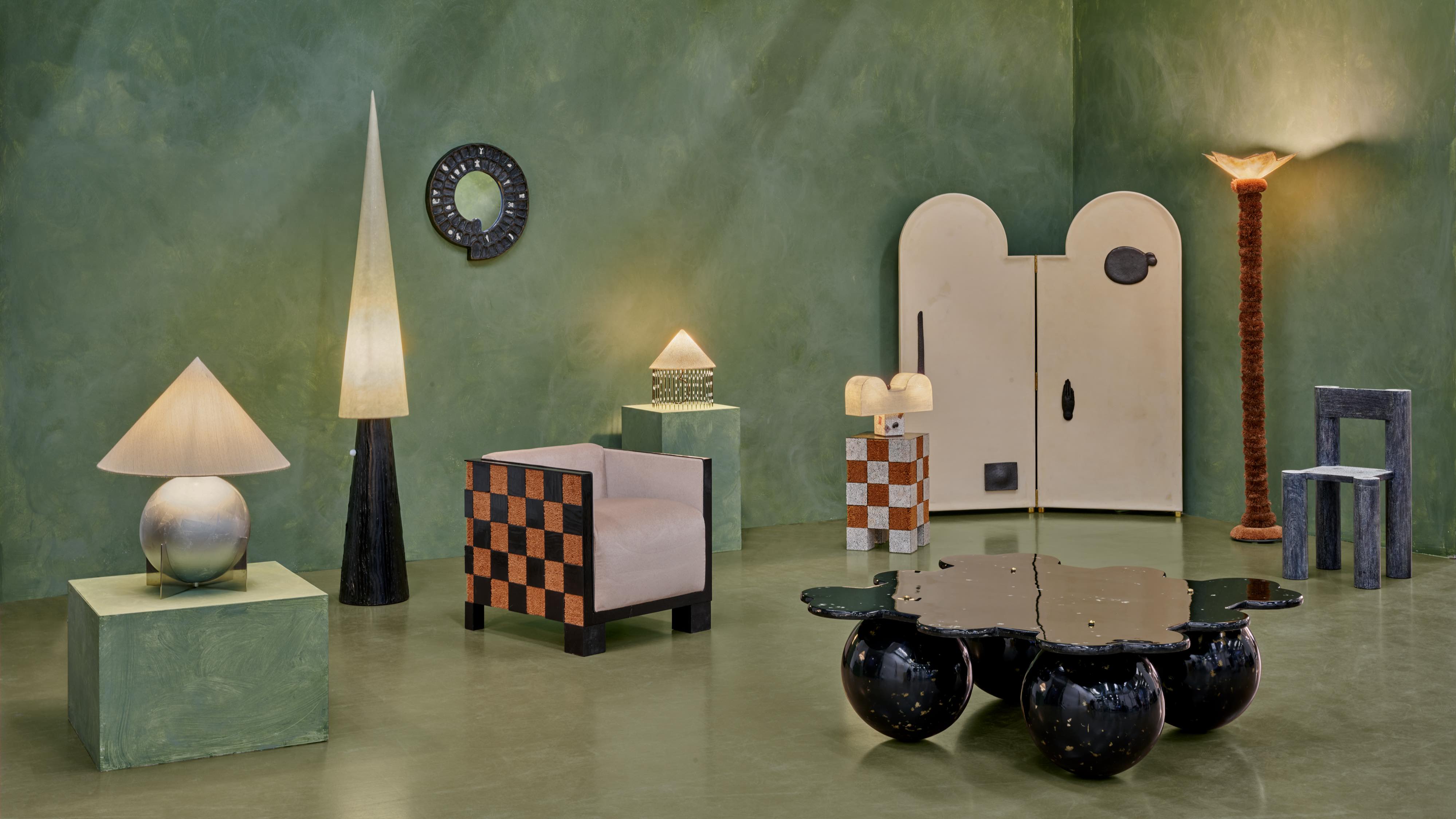 Postcard from Brussels: a maverick design scene has taken root in the Belgian capital
Postcard from Brussels: a maverick design scene has taken root in the Belgian capitalBrussels has emerged as one of the best places for creatives to live, operate and even sell. Wallpaper* paid a visit during the annual Collectible fair to see how it's coming into its own
By Adrian Madlener
-
 Leonard Baby's paintings reflect on his fundamentalist upbringing, a decade after he left the church
Leonard Baby's paintings reflect on his fundamentalist upbringing, a decade after he left the churchThe American artist considers depression and the suppressed queerness of his childhood in a series of intensely personal paintings, on show at Half Gallery, New York
By Orla Brennan
-
 Desert X 2025 review: a new American dream grows in the Coachella Valley
Desert X 2025 review: a new American dream grows in the Coachella ValleyWill Jennings reports from the epic California art festival. Here are the highlights
By Will Jennings
-
 In ‘The Last Showgirl’, nostalgia is a drug like any other
In ‘The Last Showgirl’, nostalgia is a drug like any otherGia Coppola takes us to Las Vegas after the party has ended in new film starring Pamela Anderson, The Last Showgirl
By Billie Walker
-
 ‘American Photography’: centuries-spanning show reveals timely truths
‘American Photography’: centuries-spanning show reveals timely truthsAt the Rijksmuseum in Amsterdam, Europe’s first major survey of American photography reveals the contradictions and complexities that have long defined this world superpower
By Daisy Woodward
-
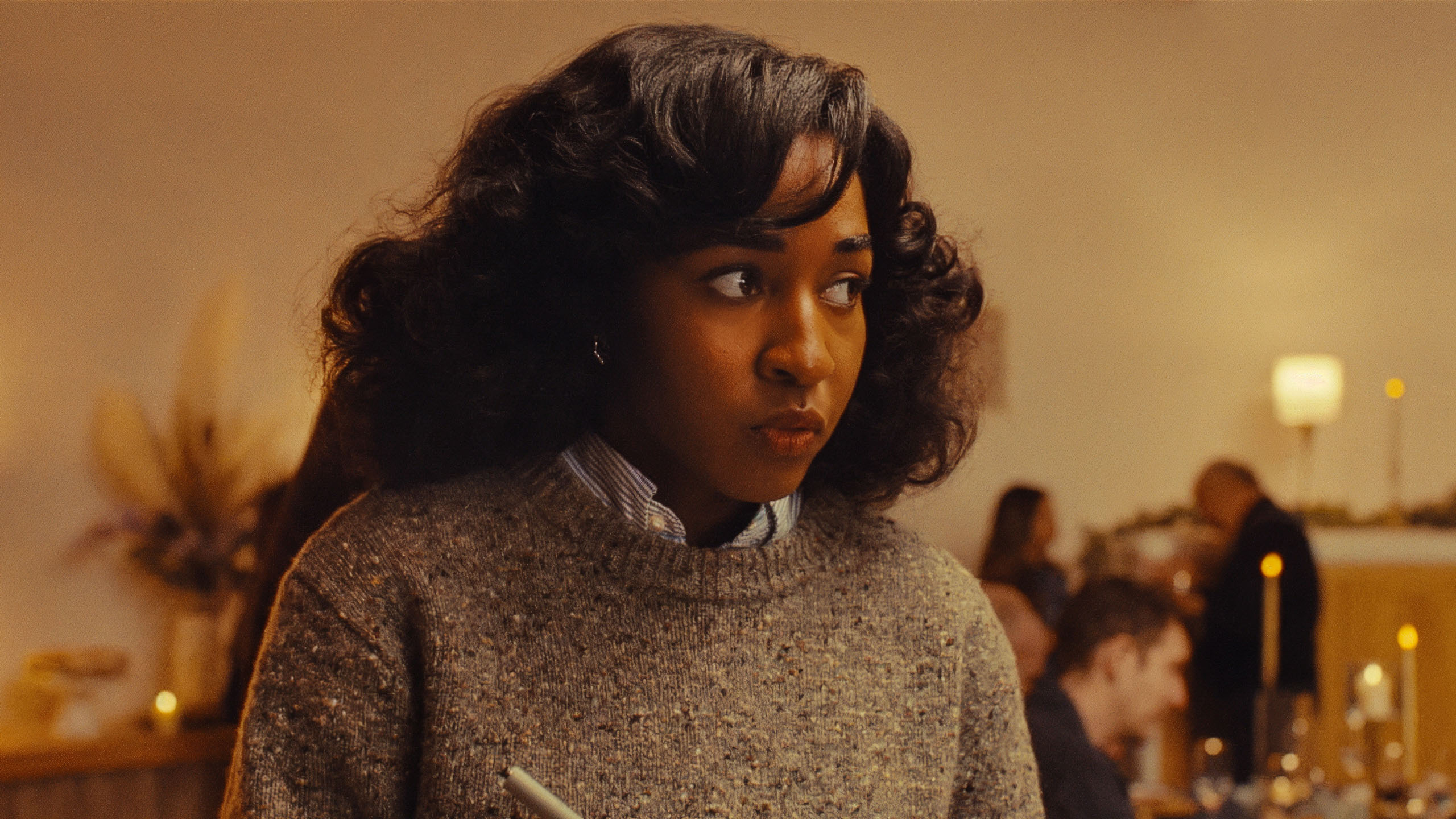 Sundance Film Festival 2025: The films we can't wait to watch
Sundance Film Festival 2025: The films we can't wait to watchSundance Film Festival, which runs 23 January - 2 February, has long been considered a hub of cinematic innovation. These are the ones to watch from this year’s premieres
By Stefania Sarrubba
-
 What is RedNote? Inside the social media app drawing American users ahead of the US TikTok ban
What is RedNote? Inside the social media app drawing American users ahead of the US TikTok banDownloads of the Chinese-owned platform have spiked as US users look for an alternative to TikTok, which faces a ban on national security grounds. What is Rednote, and what are the implications of its ascent?
By Anna Solomon
-
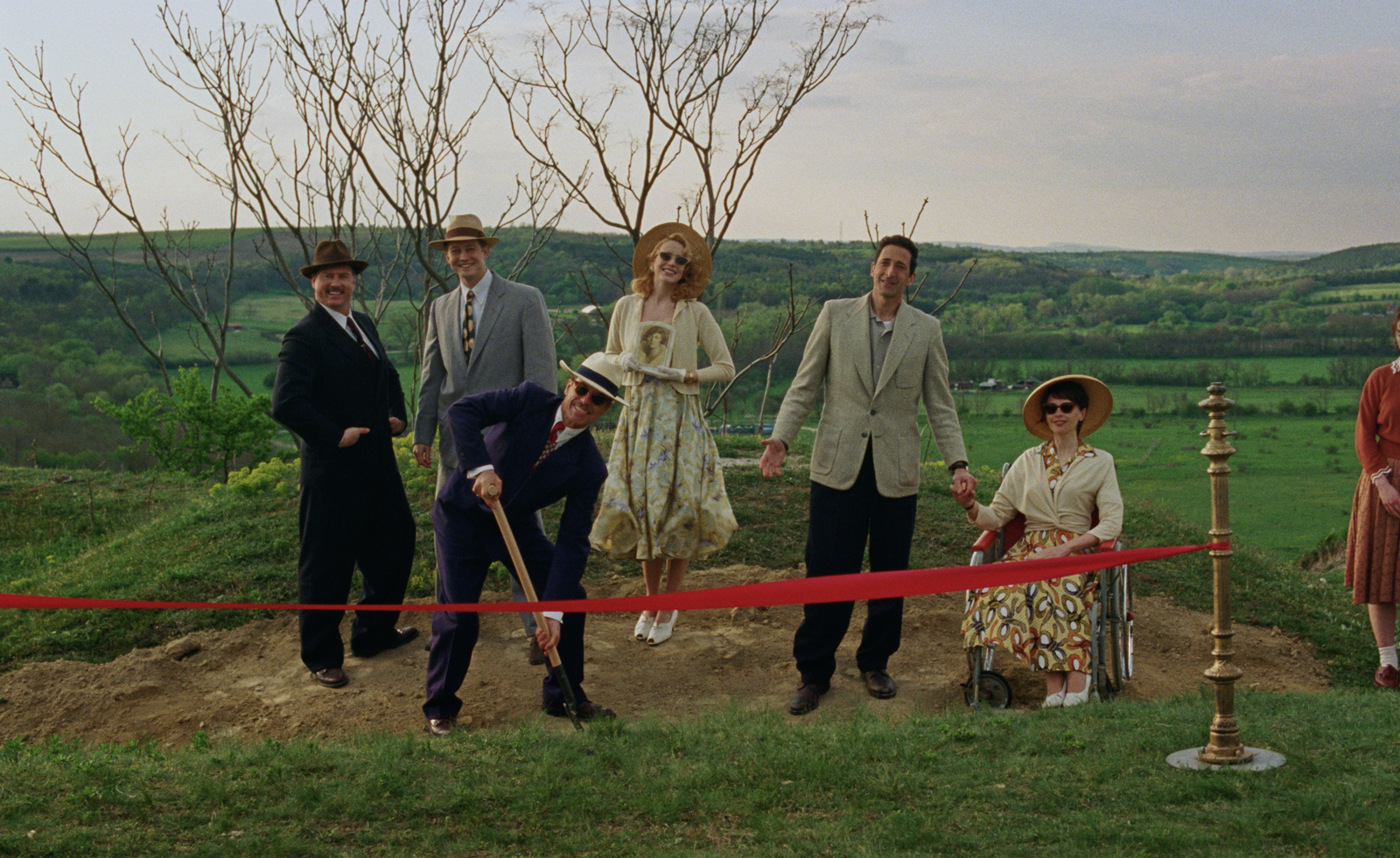 Architecture and the new world: The Brutalist reframes the American dream
Architecture and the new world: The Brutalist reframes the American dreamBrady Corbet’s third feature film, The Brutalist, demonstrates how violence is a building block for ideology
By Billie Walker
-
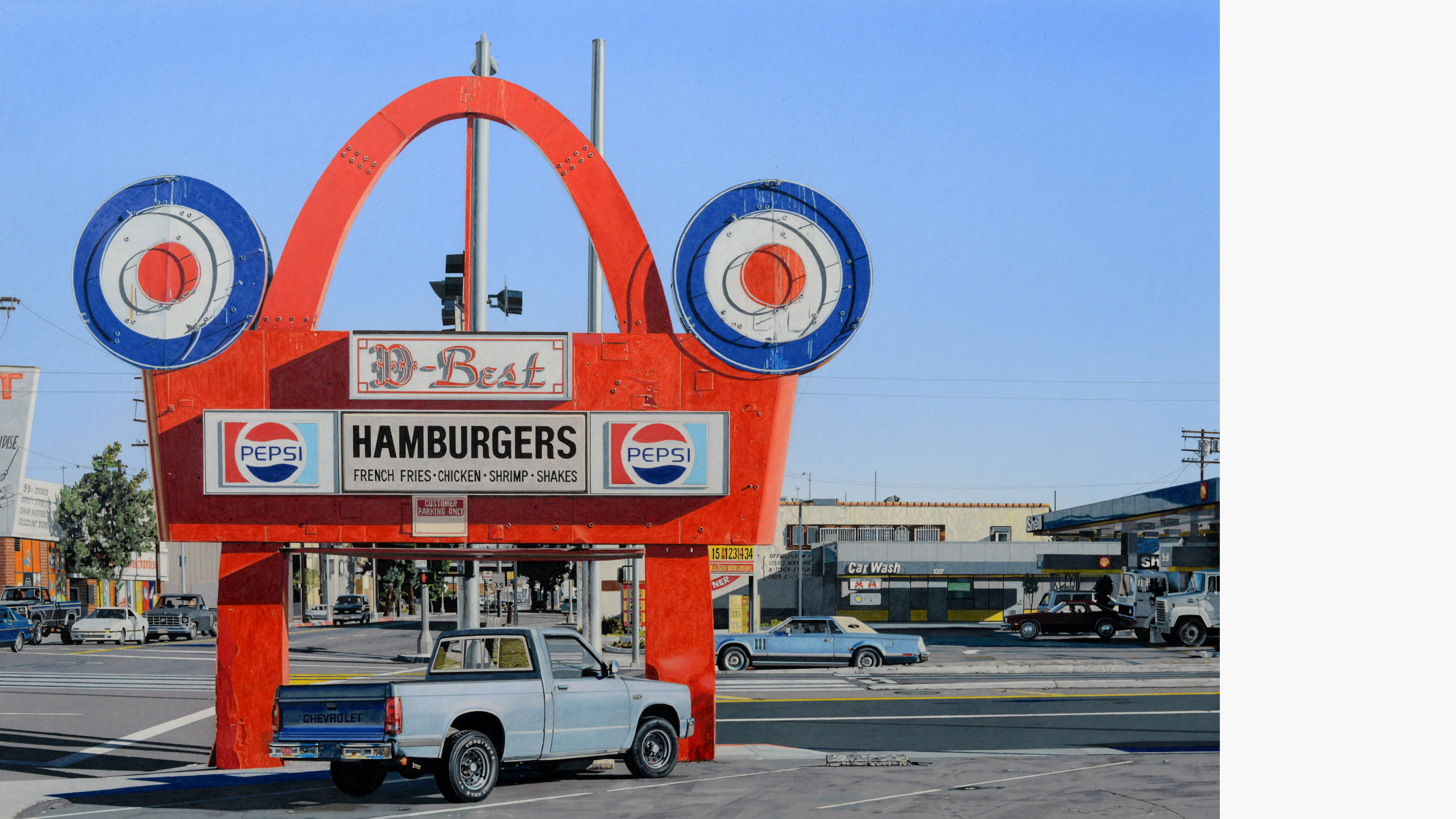 ‘Gas Tank City’, a new monograph by Andrew Holmes, is a photorealist eye on the American West
‘Gas Tank City’, a new monograph by Andrew Holmes, is a photorealist eye on the American West‘Gas Tank City’ chronicles the artist’s journey across truck-stop America, creating meticulous drawings of fleeting moments
By Jonathan Bell